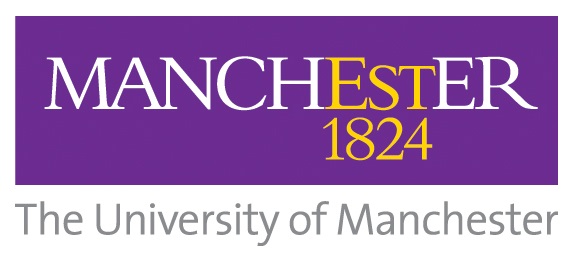Carbon, 2015, 97, 126-133
Gadolinium-functionalised multi-walled carbon nanotubes as a T1 contrast agent for MRI cell labelling and tracking
The development of efficient contrast agents for cell labelling coupled with powerful medical imaging techniques is of great interest for monitoring cell trafficking with potential clinical applications such as organ repair and regenerative medicine. In this paper, functionalised multiwalled carbon nanotubes (MWNTs) were engineered for cell labelling in T1-weighted MRI applications. These sophisticated constructs were covalently functionalised with the Gadolinium (Gd) chelating agent, diethylene triamine pentaacetic acid (DTPA), enabling tight attachment of Gd atoms onto the nanotube surface. The resulting Gd-labeled MWNTs were found to be stable over 2 weeks in water and mouse serum and high payload of Gd atoms could be loaded onto the nanotubes. The r1 relaxivity of the Gd-MWNTs was a 3-fold higher than of the clinically approved T1 contrast agent Magnevist at a magnetic field strength of 7T. The contrast efficiency, expressed as the r1 relaxivity, of the Gd-MWNTs in Human Umbilical Vein Endothelial cells (HUVEC) was investigated at 7T and was found to be around 6.6 mM-1.s-1. There was no reduction of the contrast efficiency after internalisation in HUVECs, which was imparted to the ability of carbon nanotubes to translocate the cell membrane.






